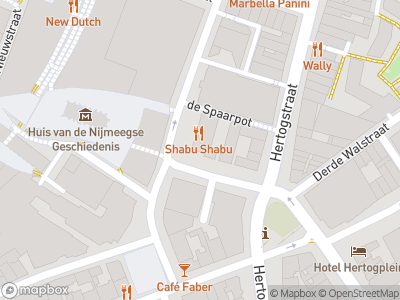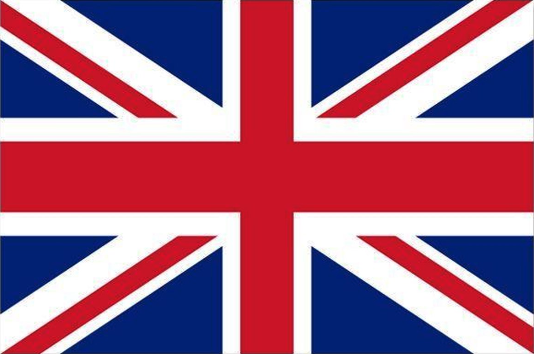During the Cold War, many measures were taken to protect against large-scale attack from the Eastern Bloc. These measures included the construction of public nuclear fallout shelters meant to protect large groups of civilians. Remains of these shelters can still be found in every Dutch city today, such as the one built under the former Dutch national bank in Nijmegen.
Weapons of mass destruction
Since WWII, civilian targets have comprised a strategic part of modern warfare and when the Soviet Union were known to be in possession of an atomic bomb (1949), the Dutch government turned its attention to the legitimate threat to its population. It started making plans on a national scale for civil defence against weapons of mass destruction, and these included the construction of public fallout shelters that would ultimately house around 100,000 people. The rest of the population would be forced to fend for itself inside and around their own homes.
Fallout shelters
With its enormous destructive power and radioactive fallout, the atomic bomb made protecting citizens a complicated matter. Shelters had to be built deep underground, with thick concrete walls and extra lead for shielding against radiation. They had to contain several weeks’ supply of food and water, have sanitation facilities, fallout showers, emergency hospitals, beds, an emergency power supply, ventilation equipment and so on. Fitting a shelter with all of these necessities was an almost impossible task and made shelters very costly to build. In order to save on costs while still receiving government subsidies, many municipal councils encouraged the construction of nuclear fallout shelters underneath the sites of new (public) buildings.
The Nijmegen shelters
Since large areas of Nijmegen had been destroyed during the WWII, its reconstruction provided ample opportunity for the construction of fallout shelters. These shelters were constructed in a variety of places, such as the new station tunnel, Radboud hospital, in the embankment by Graafse bridge, underneath the former Scheidemakers courtyard and the former Dutch national bank (Nederlandsche Bank) on Klein Mariënburg square. Maintenance activities on the shelters stopped in 1989 after the end of the Cold War. Many still exist, but are no longer accessible. This, unfortunately, also applies to the fallout shelter under the former Dutch national bank which is fully-equipped for housing 100 people.

















